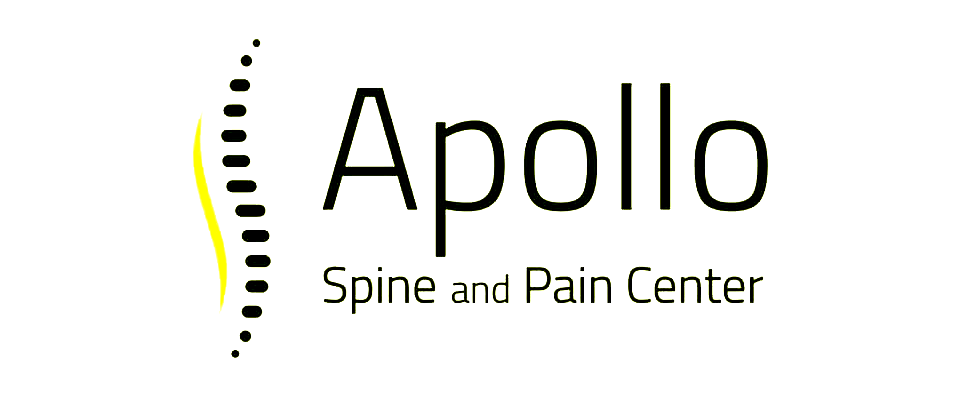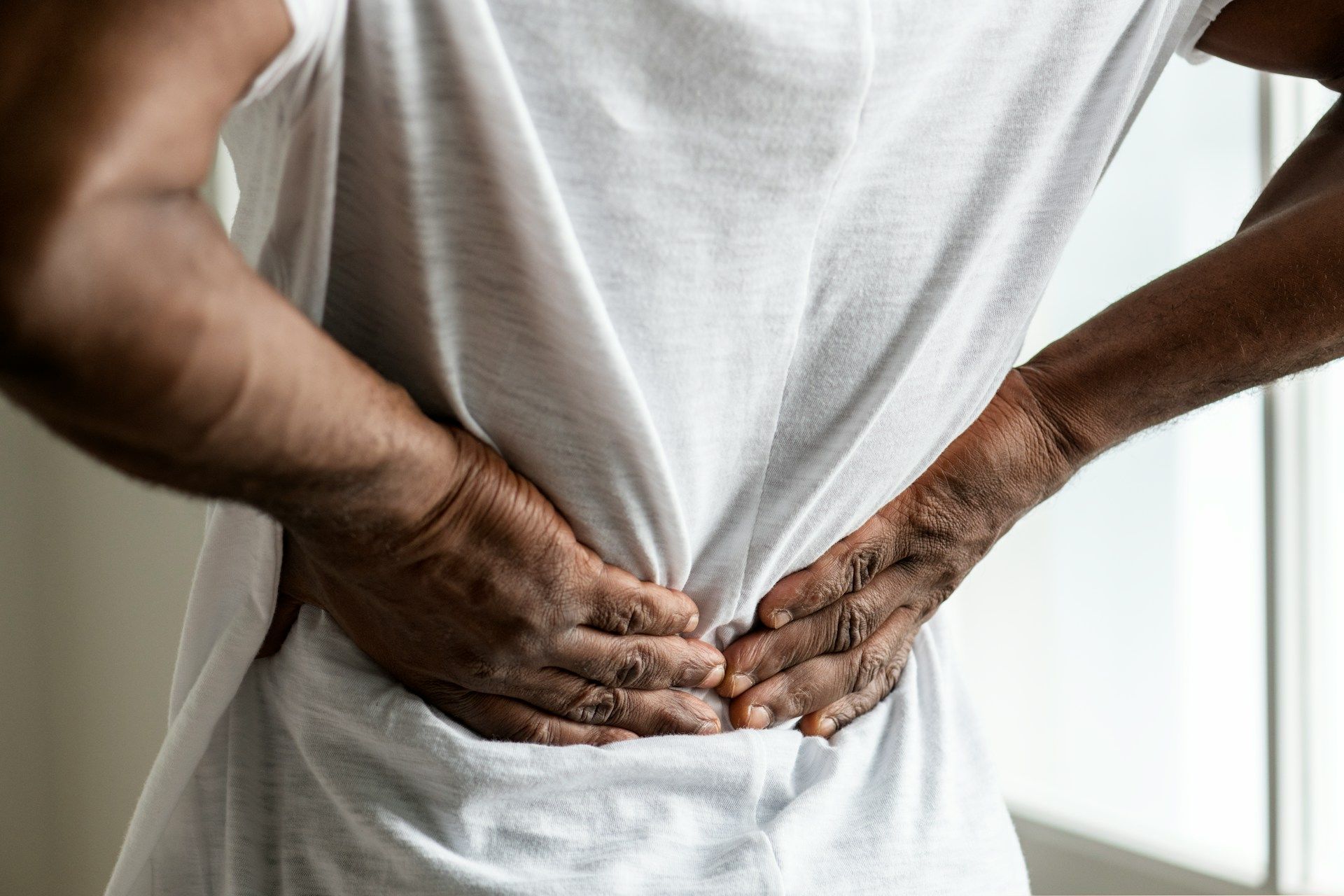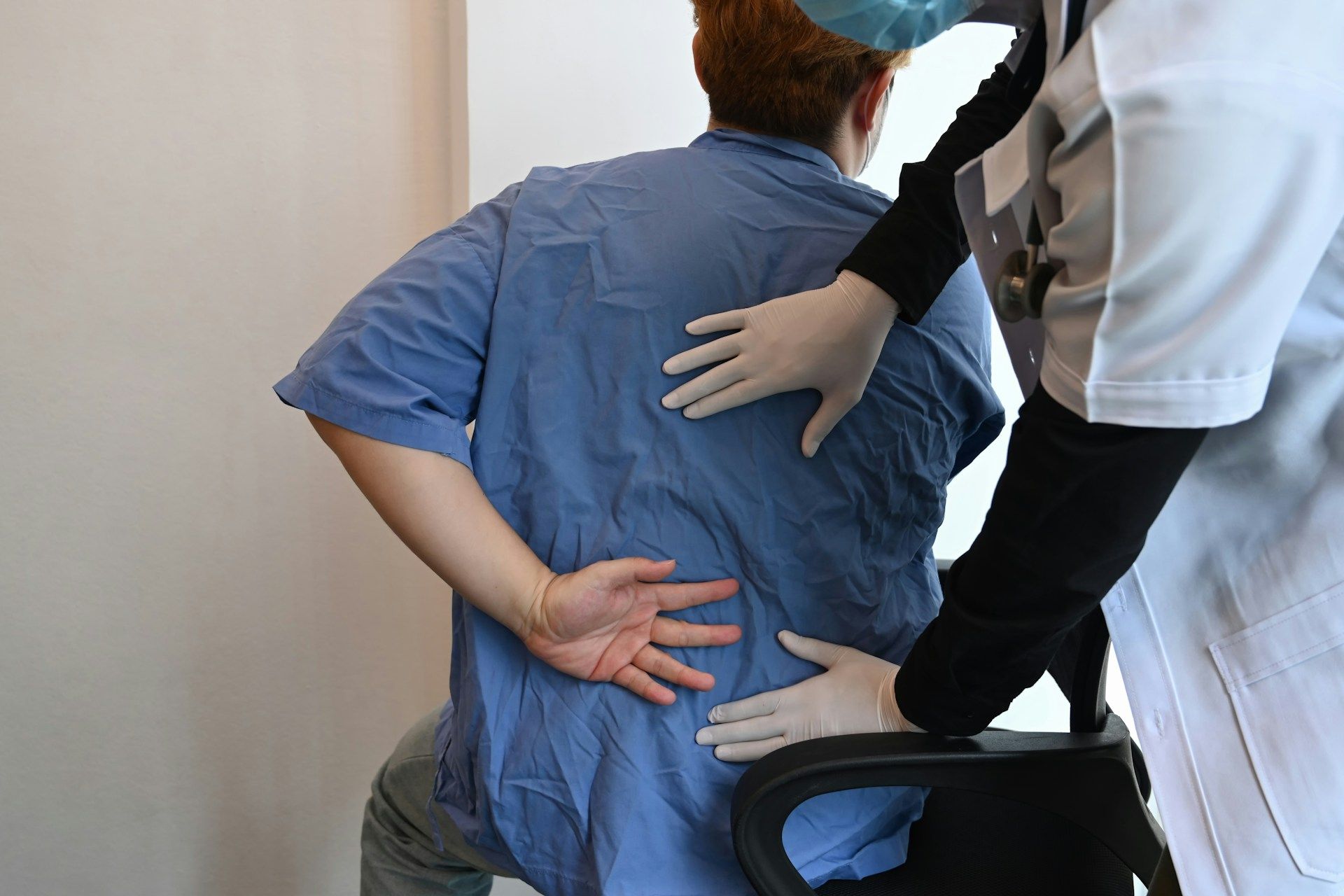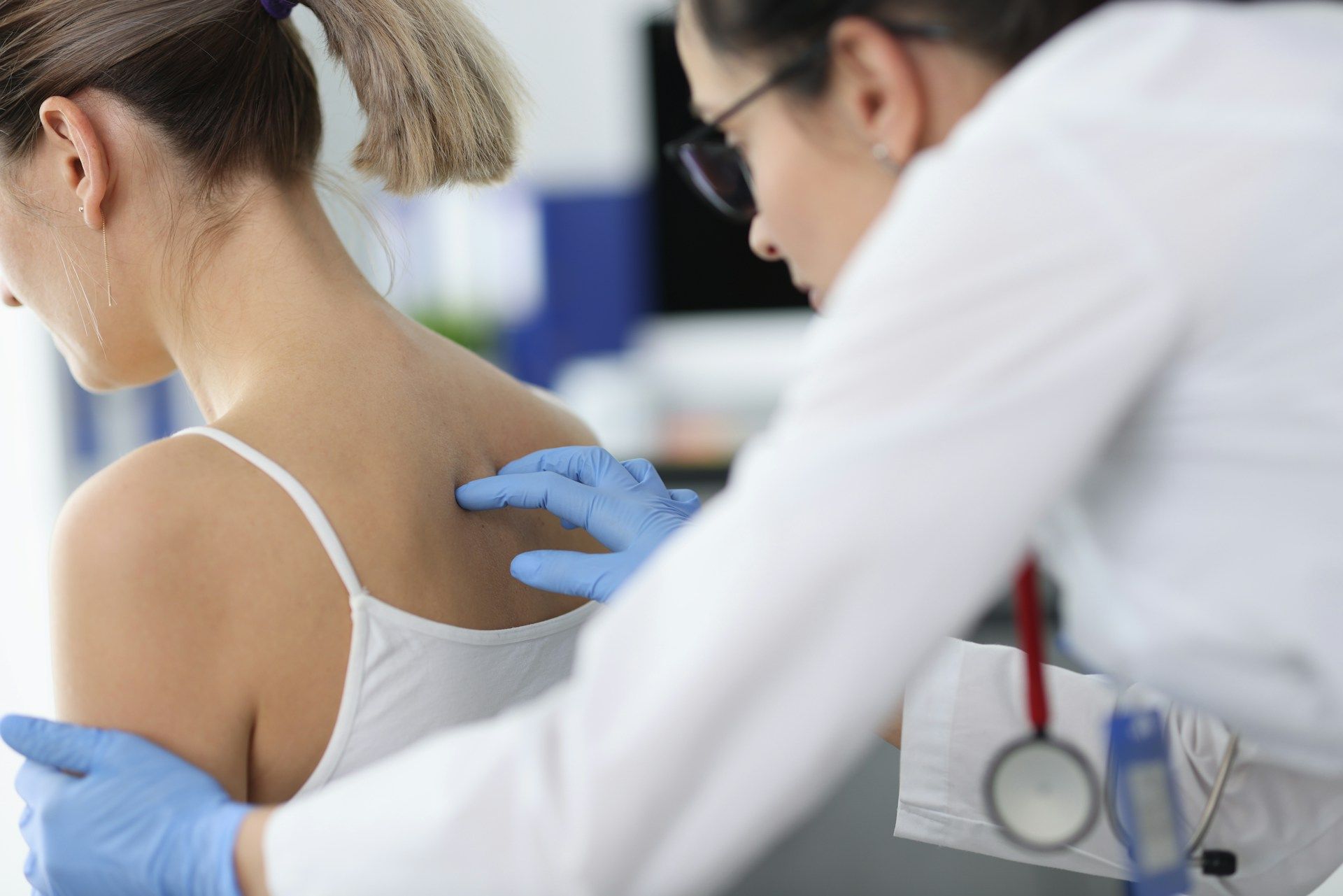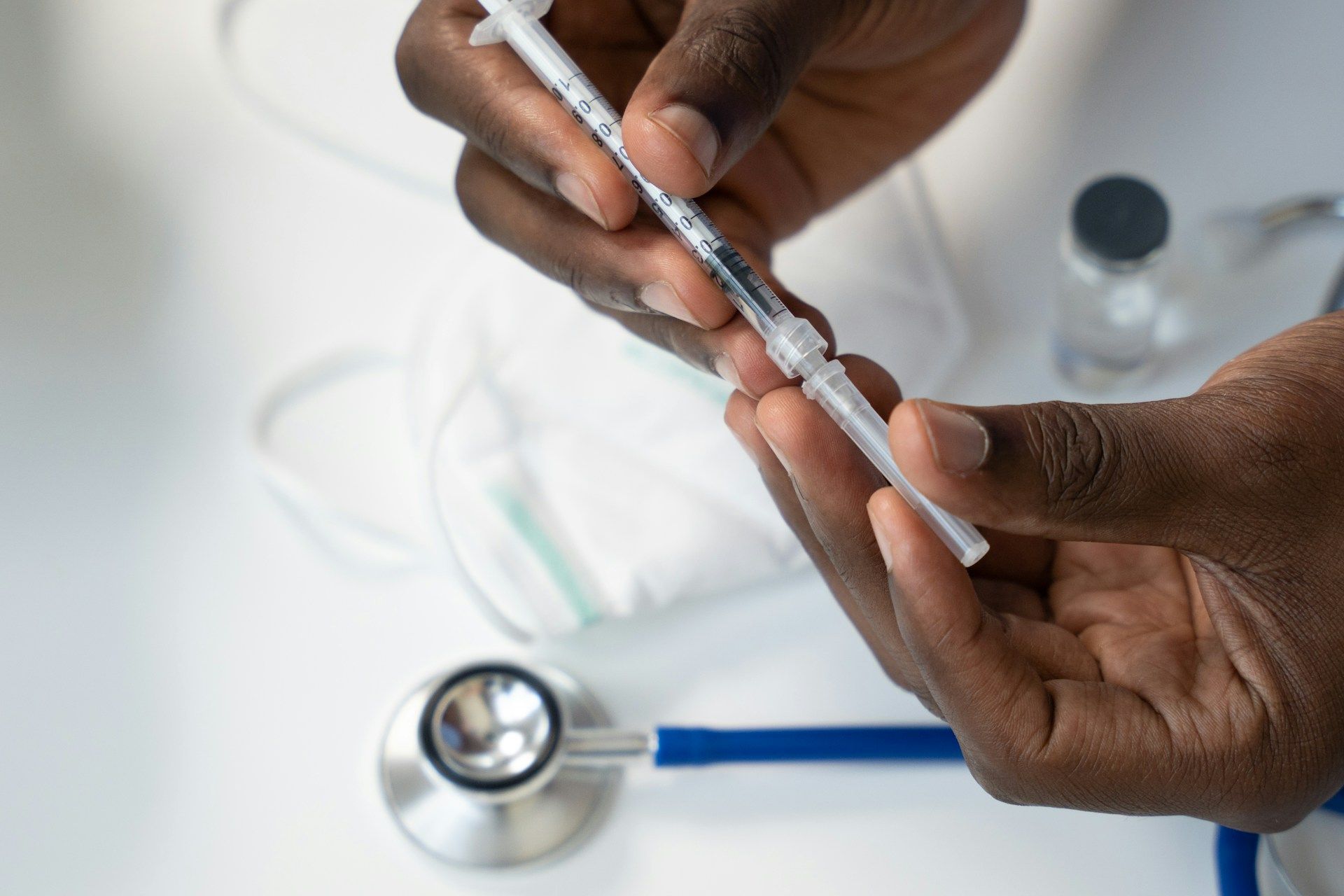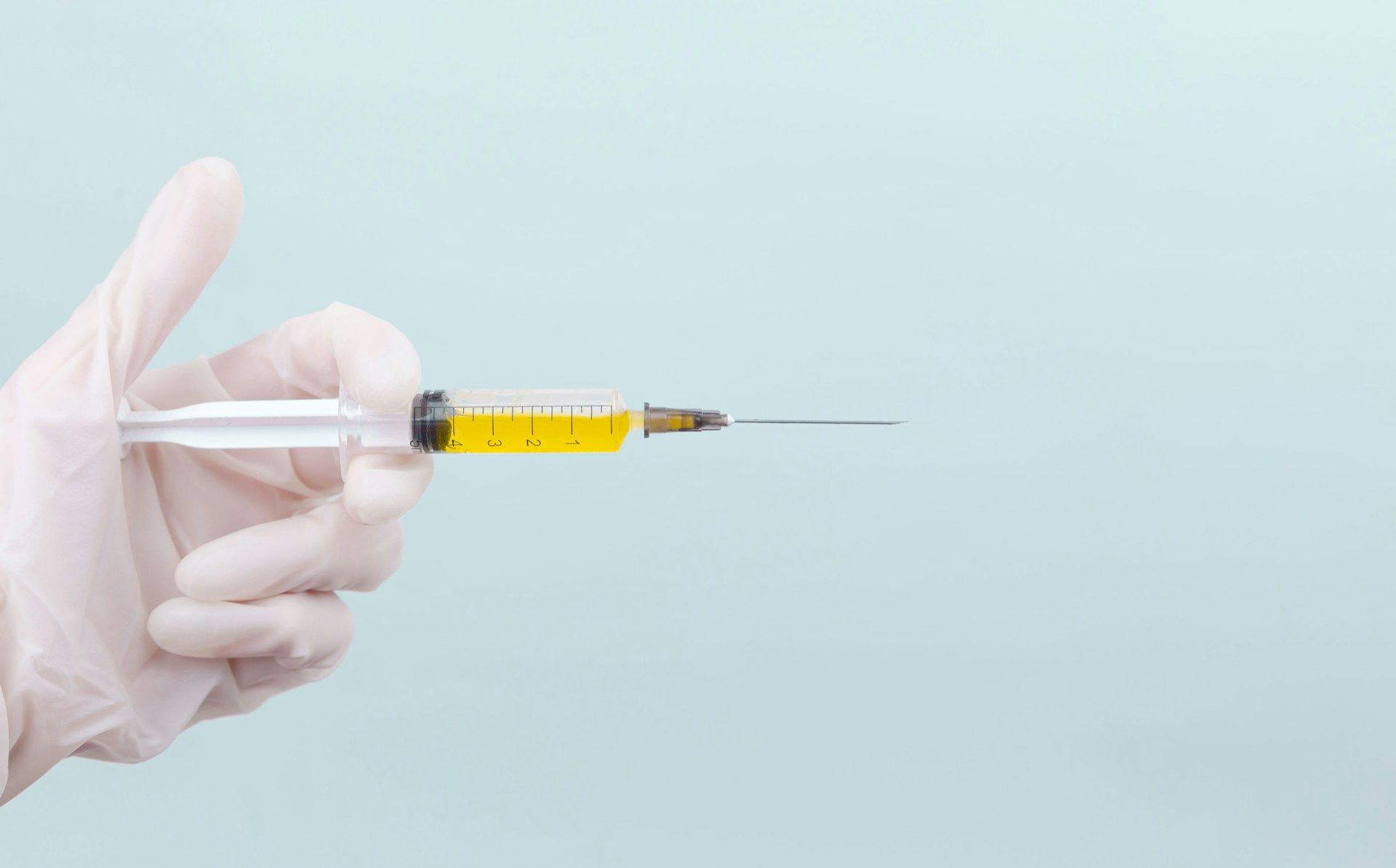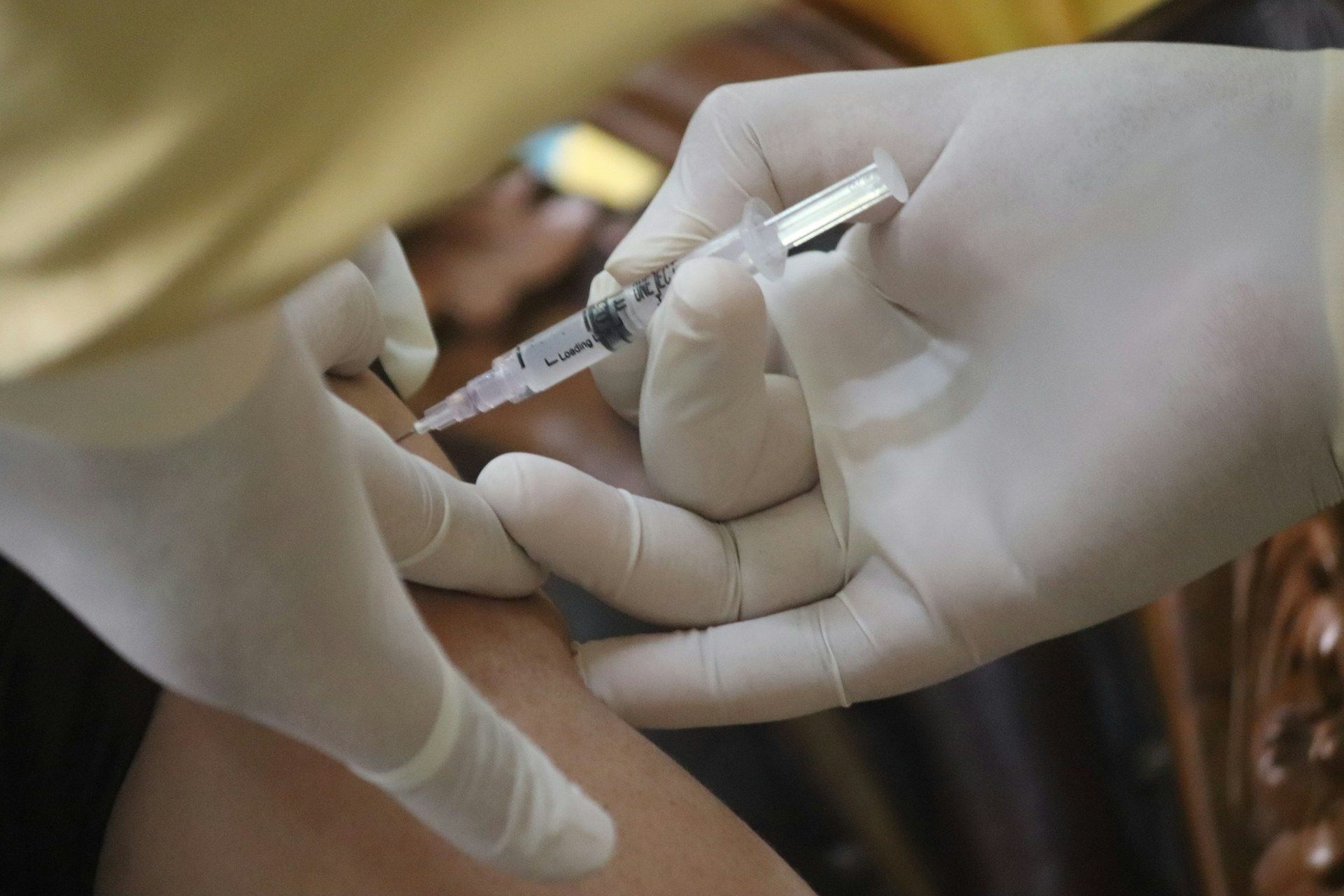Best Treatments for Pain After Auto Accidents
Getting into an auto accident can be a scary experience. Even after the accident is over, the pain that follows can be overwhelming. It can interfere with your daily life and make even simple tasks hard to do. The pain can come from various sources, like whiplash, muscle strains, or even nerve damage. Knowing how to manage this pain is important for a speedy recovery.
After an accident, you might experience different types of pain. This can include neck pain, headaches, back pain, and even leg pain. Each type of pain may require a different approach to treatment. It's important to listen to your body and seek help when needed. Many people try to push through the pain, but this can lead to more serious issues later on.
Luckily, there are many ways to treat pain after an auto accident. These treatments can range from simple home remedies to advanced medical interventions. Understanding your options can help you choose the best course of action to get back on your feet. This guide will walk you through various treatments to help you manage and reduce pain effectively.
Common Types of Pain After Auto Accidents
After an auto accident, people can experience many kinds of pain. One of the most common types is whiplash. Whiplash occurs when your neck is jolted back and forth suddenly. This can cause neck pain, stiffness, and headaches. It can also limit your ability to turn your head.
Back pain is another frequent complaint. This can result from the impact of the crash, which can strain muscles or even damage the spine. Sometimes, the pain may not appear right away but can develop over time. Lower back pain, especially, is common and can make sitting, standing, and walking difficult.
Pain in the arms and legs is also common after accidents. This can happen because of direct injuries like fractures or sprains. Nerve damage can also cause sharp, shooting pain in the limbs. It is important to pay attention to any pain or discomfort you feel after an accident, even if it seems minor right after the crash.
Daily Self-Care Tips and Home Remedies
Taking care of yourself at home is crucial for managing pain after an auto accident. One helpful tip is to apply ice packs to the affected areas for the first 48 hours. Ice can reduce swelling and numb the area, making the pain more bearable. Be sure to wrap the ice pack in a cloth to protect your skin.
Heat therapy can also be beneficial. Applying a warm cloth or heating pad after the initial swelling has gone down can relax tense muscles. This can help alleviate pain and improve your range of motion. Remember to use warmth in moderation to avoid burns or increased pain.
Gentle stretches and light exercises can also help. Moving your body carefully can prevent stiffness and make your muscles stronger. Walking and doing simple yoga poses can be effective. Always listen to your body and avoid overdoing it.
Over-the-counter pain relievers like ibuprofen or acetaminophen can also help manage pain. These medications can reduce inflammation and relieve discomfort. Always follow the dosage instructions on the label and consult a healthcare provider if you have any questions.
Finally, ensure you get plenty of rest. Your body needs time to heal, so don’t ignore the importance of sleep. Keeping a regular sleep schedule can help your body repair itself and reduce stress, which can also lower pain levels.
Non-Surgical Treatments for Pain Relief
For those looking to avoid surgery, there are several effective non-surgical treatments for pain relief after an auto accident. Physical therapy is a common and helpful option. A physical therapist can design a program specifically for you. These exercises can help strengthen muscles, increase flexibility, and reduce pain. Regular therapy sessions can also prevent future injuries by improving overall body mechanics.
Chiropractic care is another popular non-surgical treatment. Chiropractors can perform adjustments to realign your spine and relieve pressure on nerves. This can reduce pain and improve mobility. Many people find relief from back and neck pain through regular chiropractic visits.
Massage therapy can also provide significant relief. Massages help to relax tense muscles and improve blood flow to the affected areas. This can help reduce pain, promote healing, and even improve sleep. Some massages focus specifically on injury recovery and pain management.
Acupuncture is an age-old technique that involves placing thin needles at specific points on the body. This can help redirect energy and reduce pain. Many people experience relief from chronic pain through consistent acupuncture sessions.
Interventional and Medical Treatments
When pain persists despite other treatments, interventional and medical treatments can offer a solution. One common option is medication management. Doctors can prescribe pain relievers, anti-inflammatory drugs, or muscle relaxants. These medications can help control pain and reduce inflammation. It’s important to follow your doctor's instructions to use these medicines safely and effectively.
For more targeted relief, nerve blocks are an option. This involves injecting medication directly into the area around the nerves causing pain. This can provide immediate relief and help you move more comfortably. Another choice is epidural steroid injections which reduce inflammation around the spinal nerves. This helps alleviate pain from conditions like herniated discs or spinal stenosis.
Regenerative medicine, like platelet-rich plasma (PRP) therapy, offers a cutting-edge solution. PRP therapy uses your own blood to create a concentrated plasma. This is then injected into the injured area to promote healing and reduce pain. This treatment can be especially effective for muscle and tendon injuries.
Spinal cord stimulation is another advanced treatment for chronic pain. This involves implanting a device that sends electrical signals to the spinal cord. These signals block pain messages before they reach the brain, providing relief for people with severe pain. It can be a long-term solution when other treatments have not worked.
Conclusion
Managing pain after an auto accident can be challenging, but there are many effective treatments available. From daily self-care tips and non-surgical options to advanced interventional treatments, you have a variety of ways to find relief. Understanding your pain and exploring different treatments can help you choose the best plan for your recovery.
At Apollo Spine and Pain Center, we specialize in comprehensive
car accident pain management, including treatments for pain after auto accidents. Our team is dedicated to helping you find the best solutions to manage your pain and improve your quality of life. If you or a loved one are dealing with pain after an auto accident, contact Apollo Spine and Pain Center today. Schedule an appointment and take the first step towards a pain-free life.
